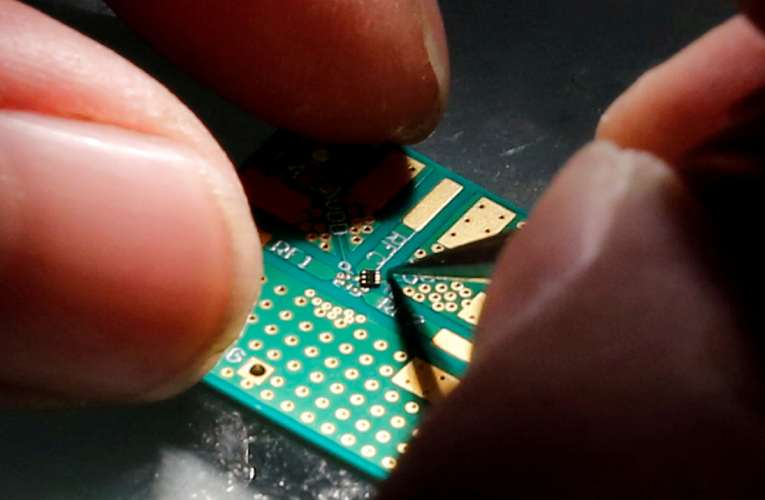
There is no reason to worry about the dangers of instant supply chain imbalance related to the Russian-Ukrainian tussle. The impact still remains unclear.
Amid the ongoing territorial scuffle between Russia and the European country Ukraine, the US based advisory research firm Techcet has published a report, which stated that the war between these countries could massively crumble the global semiconductor industry and even worsen the ongoing chipset production slump. The report also added that 90 percent of US’s semiconductor grade neon is produced by Ukraine. This gas is imperative for the lasers utilized in the chipset manufacturing. While on the other hand, Russia provides around 35 percent of the US’s palladium supply. The latter is quite precious metal and can be used for crafting high-grade semiconductors.
The Ukrainian based company Cryoin that plays an important role in chipset production also produces neon gas, which is supplied in various countries in Taiwan, Japan, China, Korea, Europe, and most of it supplied in the US. Researchers have warned that this impact on the company could harm the escalating demand of chipset in various countries. The semiconductor shortages have been crippling several industries such as electronics and automobiles since the middle of 2020 where the Cupertino tech giant proclaimed to manufacture 10 million fewer phones than anticipated and GM closed its entire industry.
Highlighting the impact above, the Semiconductor Industry Association (SIA) opined that the chipset industry has been equipped with a range of important gasses and materials and therefore, there is no reason to get worry about the dangers of instant supply chain imbalance related the Russian-Ukrainian tussle. The impact still remains unclear. But, experts on the other hand also noted that the massive amount of neon offered by Ukraine to the US, the war is putting augmented pressure on the supply chain that is already making it intricate to produce semiconductors for enterprise applications and IT hardware products.
The tension is that the war arrived with the onset semiconductor production slump throughout the world since the COVID-19 pandemic. For enterprises, the demand of chips is due to its utilization of artificial intelligence for training in machine learning, which is speculated to grow by around 50 percent every year across all computing categories for the coming few years. To reduce the burden, the government of South Korea spent $451 billion in semiconductor development, while Intel spent $20 billion in its upcoming two new semiconductor foundries to tackle the semiconductor shortage challenge.
Secretary of Commerce Gina M. Raimondo told the media, "We are glad that the companies [Intel, Ford, GM] have been looking for creative solutions, because the private sector is best-positioned to address bottlenecks. But the semiconductor supply chain remains fragile and it is essential that Congress move swiftly to pass the President’s proposed $52 billion in chips funding as soon as possible.

